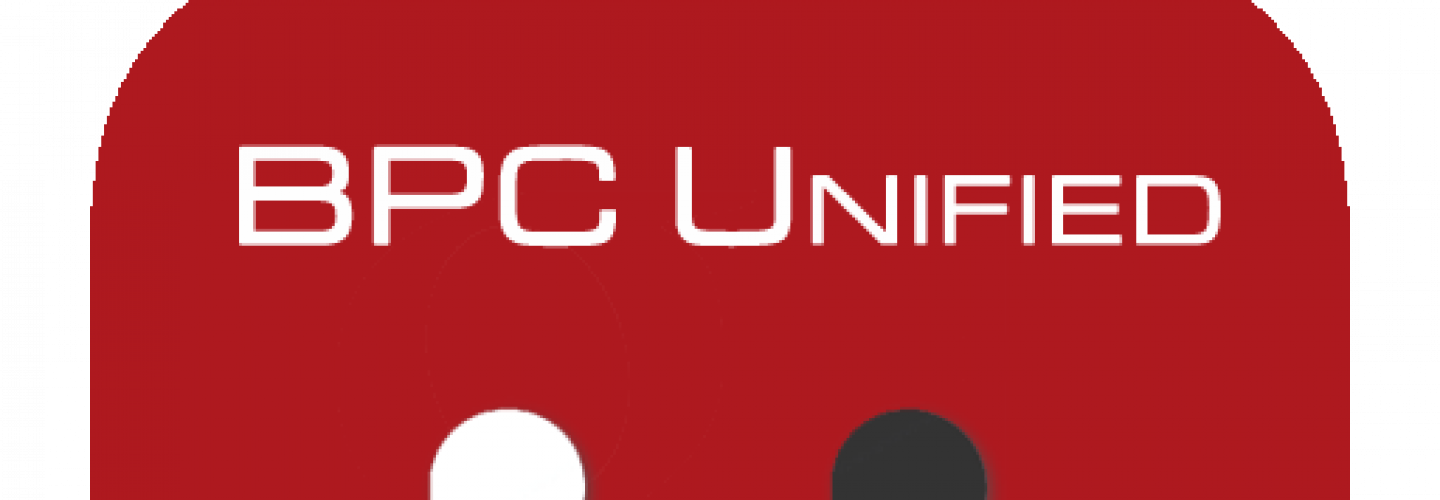Let’s start with the position of SAP Lumira within the BusinessObjects suite. Officially it is positioned as a Self-Service tool (other tool categories being Dashboard and Applications, and Reporting) for exploring and analyzing data. It allows a user to visualize abstract data in order to find trends, patterns, and outliers or just to visualize data in a more attractive way. And it does a pretty good job at this! The tool is not “too” techie and all the available graphs and diagrams make use of the latest CVOM library. The latter is becoming the de facto chart library for both new SAP BI tools and also existing tools like Dashboards and WebI. Also the use case for SAP Lumira is crystal clear: knowledge workers “looking back” in order to:
- Come up with new findings to fundamentally improve processes and their outcome, so called ad hoc information exploration;
- Find the causes of certain process outcomes, so called ad hoc querying.
In this sense SAP Lumira answers the need for more ad hoc information exploration and analysis, complementary to reports and dashboards, which have a more guided navigation through information.
Cloud versus Desktop
SAP Lumira Cloud is the “no-install” version, offering users a fast and hassle-free self-service BI tool. SAP Lumira Desktop is the “on-premise” version, offering an enterprise solution e.g. connect to big and small- and multiple data sources. In the two slides below (click on the slide to download) we will illustrate the functional differences between the Cloud and Desktop version of SAP Lumira. In each process step we briefly discuss what you can expect to see when using the different versions and thus it’s up to you to decide which works better for your situation.
Conclusion
As you can see the SAP Lumira Cloud version lacks some of the capabilities of the Desktop version, but it’s still a very useful tool for exploring and visualizing data. The main areas of difference are in:
- Acquiring data: flat files only versus connections to SAP;
- Collaboration: create visualizations versus visualizations ánd storyboards;
- Manage the data: just the data as loaded versus data manipulation.
From a data visualization point of view there is no reason to prefer one over the other. Both provide the same set of visual capabilities and are easy to use. Furthermore, the user interface in the iOS app is nearly identical to the desktop user interface. This allows for seamless visualization from desktop and mobile devices and is a nice showcase of the concept of Mobile Analytics.
Looking at the functional differences, SAP Lumira Cloud has Visual Discoveries which are lacking in SAP Lumira Desktop. On the other hand, the latter provides Storyboarding as a way of collaboration and SAP Lumira Cloud does not. Finally, SAP Lumira Desktop has more sharing options compared to SAP Lumira Cloud, which obviously is tied to the cloud.
From a data management point of view, there are some substantial differences. SAP Lumira Cloud is far more limited in this area and only allows for transformation of data and renaming fields before loading. After loading these can not be changed anymore. SAP Lumira Desktop on the other hand is more flexible in this area.
Looking forward to see your reactions and maybe some findings of real-life use cases you have seen.
This article belongs to
Tags
- Cloud
- Mobile BI
- SAP
- SAP Lumira
Author
- Jason Lee


